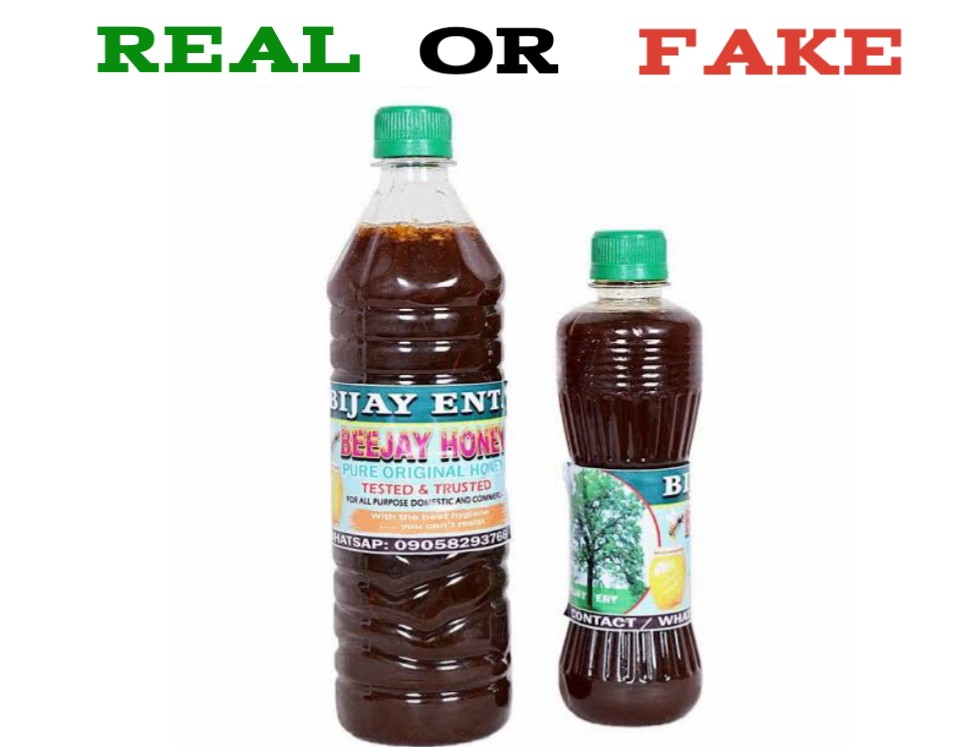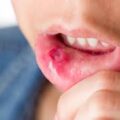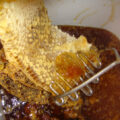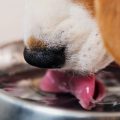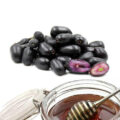Honey is a by-product of flower nectar and the upper aero-digestive tract of the honey bee, which is concentrated through a dehydration process inside the bee hive. Honey has a very complex chemical composition that varies depending on the botanical source. It has been used both as food and medicine since ancient times. Human use of honey is traced to some 8000 years ago as depicted by Stone Age paintings. In addition to important role of natural honey in the traditional medicine, during the past few decades, it was subjected to laboratory and clinical investigations by several research groups and it has found a place in modern medicine.
Yearly production of honey in Nigeria commences in March through September but availability is all year round as a result of adequate storage by producers which makes honey available all year round in Nigeria.
Health Benefits of Original Honey
Burns: Applying honey preparations directly to burns seems to improve healing.
Cough: Taking a small amount of honey at bedtime appears to reduce the number of coughing spells in children age 2 years and older. Honey appears to be at least as effective as the cough suppressant dextromethorphan in typical over-the-counter doses. Also, drinking water containing a small amount of a honey/coffee paste seems to reduce the frequency of coughing in adults that have a long-lasting cough after they have been ill.
Foot sores in people with diabetes: Most research shows that applying dressings containing honey to diabetic foot ulcers seems to reduce healing time and prevent the need for antibiotics. But not all research agrees.
Dry eye: Using specific honey eye drops or eye gel in the eyes (Optimel Manuka plus eye drops or Optimel Antibacterial Manuka Eye Gel) helps to make dry eyes feel better. These products can be used along with regular dry eye treatment such as lubricant drops and warm cloths on the eyes.
A skin condition that causes redness on the face (rosacea): Research shows that applying a topical honey product to the skin might improve symptoms of rosacea.
Swelling (inflammation) and sores inside the mouth (oral mucositis): Rinsing the mouth and then slowly swallowing honey before and after chemotherapy or radiation therapy sessions seems to reduce the risk of developing mouth sores. Applying honey to mouth sores also seems to help heal mouth ulcers caused by chemotherapy or radiotherapy. But most of this evidence is lower quality, so higher quality studies are still needed to confirm.
Sores and ulcers of the mouth and gums caused by herpes virus (herpetic gingivostomatitis): Rinsing the mouth and then slowly swallowing honey helps sores and ulcers in the mouth from the herpes virus heal faster in children also given a medication called acyclovir.
Wound healing: Applying honey preparations directly to wounds or using dressings containing honey seems to improve healing. Several small studies describe the use of honey or honey-soaked dressings for various types of wounds, including wounds after surgery, chronic leg ulcers, abscesses, burns, abrasions, cuts, and places where skin was taken for grafting. Honey seems to reduce odors and pus, help clean the wound, reduce infection, reduce pain, and decrease time to healing. In some reports, wounds healed with honey after other treatments failed to work.
Acne: Research shows that applying honey to the face does not help to treat acne.
Swelling (inflammation) of the nasal cavity and sinuses (rhinosinusitis): Most research shows that using honey in a nasal spray does not help to reduce problems in people who have regular sinus infections.
How to Spot Fake vs Original Honey In Nigeria
In Nigeria, adulterated honey is very common accounting for a significant percentage of honey in most open markets. A lot of the differences between pure and adulterated honey can be identified just with the naked eye by examining its physical properties. Pure honey is dense and trickles only into a stream. It has a soft texture, will never separate into layers and offers a distinct sweet aroma. Raw honey, which is honey in its purest form, often leaves a slight tingling feeling or a mild burning sensation in your throat when consumed.
The best quality of honey comes from bees and not factories and so, a good starting point would be to read the ingredient label. Look out for words like ‘raw’, ‘natural’, ‘forest honey’ or ‘organic’ – they may be safer than regular honey. But, since food regulations remain a bit dodgy, you can never be too sure and this may not be a foolproof way. So, can you really tell the difference between real and fake honey? To know the truth, test it at home. Here are some easy tricks to check its purity and ways to spot adulterated honey.
- The Thumb Test
Place a small amount of honey on your thumb and check if spills or spreads around like any other liquid. If it does, it may not be pure. Pure honey is thick while impure honey will be runny. Pure honey sticks to the surface it is applied to and doesn’t drip away. Moreover, the taste of impure honey may linger due to the presence of added sugar.
- The Water Test
Take a teaspoon of the honey and put in a glass full of water. Fake or adulterated honey will dissolve in the water while pure honey which has a more dense texture will settle right at the bottom of the glass as lumps. The same is the case with blotting paper or a white cloth. If you pour pure honey on the two, it will not get absorbed or leave stains.
- The Flame Test
You may have not known this, but pure honey is inflammable. Although, we’ll request to you observe utmost caution while performing this test and do it at your own risk. Take a dry matchstick and dip it in honey. Strike the matchstick against the matchbox. If it lights, your honey is pure. If it doesn’t light, it may be adulterated and may also contain some amount of moisture added while contamination.
- Use vinegar
Mix a tablespoon of honey, some water and 2-3 drops of vinegar essence together. If this mixture foams up, there’s a very high chance that your honey may be adulterated.
- The Heat Test
If you heat pure honey, it will caramelise quickly and not become foamy. But, in case of impure honey it may not caramelise and become bubbly on heating. SEE: Side Effects Of Nigerian Raw Honey


